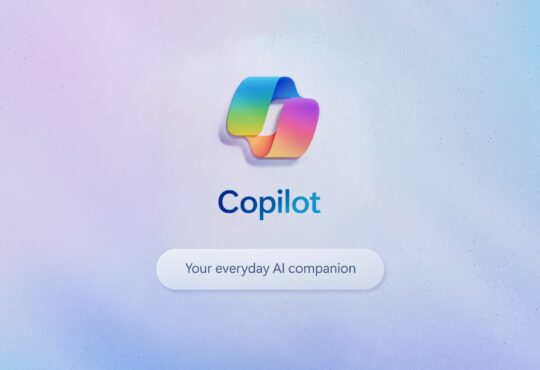A Windows guide to computer memory
It’s easy to get lost in the jungle of computer specs with all its different components. The benefits of investing in new devices will get lost if the performance is not enough for your needs. At the same time, you do not want to get way more than you actually need. That’s just going to send costs through the roof for no reason.
Luckily, the Windows YouTube channel has released a series of videos that helps you understand the different components and the requirements for different tasks. This one is an impartial guide to computer memory.
A guide to computer memory – What is RAM?
RAM, or random access memory, is your computer’s short-term memory. Since the word memory is used it can be easy to confuse this with your hard drive, where your files are stored. However short-term memory and file storage are two different things. Opening a file or app loads it from the hard drive and onto the RAM where you work with it. Closing it sends it back to the hard drive.
So, RAM is designed to quickly read and write files, not to store them. RAM is measured in GB and usually, it comes in sizes of 2, 4, 8, or 16 GB. A bigger computer memory can deal with more tasks at once or more difficult jobs but it’s going to cost you more. In the end, your goal will be to figure out the sweet spot for your job.
With rugged computers, you’re not going to perform the most demanding tasks, like editing video, so you can probably skip looking for the most expensive components. When you have figured out your approximate needs just start comparing rugged computers!



